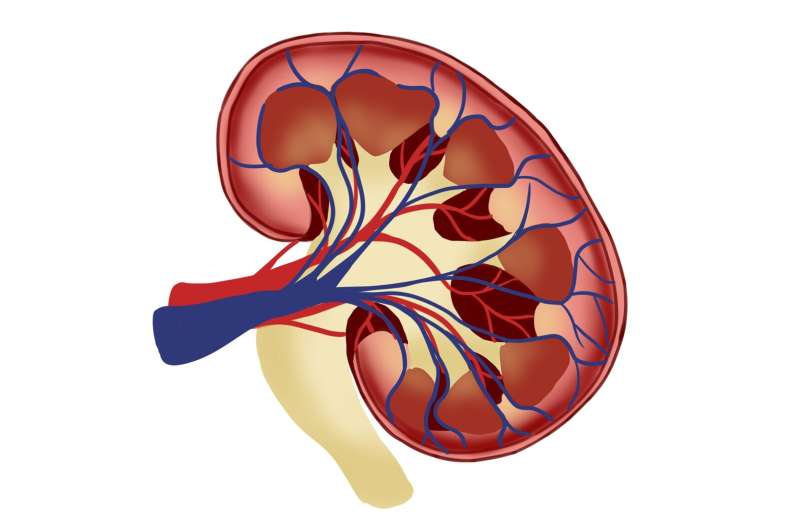Innovative 3D Microphysiological Model Highlights Pericyte-Driven Chemoresistance in Glioblastoma

A new 3D biomimetic model developed by researchers at TIBI demonstrates how pericytes contribute to drug resistance in glioblastoma, offering a powerful tool for therapy discovery and personalized medicine.
Researchers at the Terasaki Institute for Biomedical Innovation have developed a groundbreaking 3D in vitro model that replicates the biomechanical environment of the human brain to study glioblastoma (GBM), an aggressive brain cancer. Led by Dr. Vadim Jucaud, the team engineered a multi-cellular platform incorporating human GBM tumor cells and brain-supporting pericytes within a bioengineered matrix that mimics the physical and chemical properties of brain tissue.
This novel system successfully demonstrated how pericytes contribute to chemoresistance in GBM by significantly increasing resistance to the standard chemotherapy drug temozolomide (TMZ). When co-cultured with pericytes, GBM cells showed a 22% to over 32% increase in resistance across different cell lines, linked to a remarkable 160-fold rise in the chemokine CCL5, associated with inflammation and cell survival pathways. This suggests that pericytes may play a crucial role in tumor survival and drug resistance.
The study, published in "Acta Biomaterialia," emphasizes that recreating not just cellular interactions but also the tissue mechanics provides a more accurate model for drug testing. According to Dr. Jucaud, this platform offers a promising tool for screening chemotherapies and discovering new treatments, especially those targeting CCL5 signaling pathways.
Furthermore, the platform revealed variability in drug sensitivity among different GBM cell lines and their off-target toxicities, making it a valuable model for evaluating drug response in a setting closer to in vivo conditions. Dr. Ali Khademhosseini from TIBI highlights that this scalable, cost-effective system surpasses traditional animal testing, enabling high-throughput drug screening and personalized therapy approaches.
By capturing key aspects of tumor microenvironment and resistance mechanisms, this innovative model holds potential to advance understanding of GBM biology and improve therapeutic strategies.
Stay Updated with Mia's Feed
Get the latest health & wellness insights delivered straight to your inbox.
Related Articles
The Overlooked Role of Weight-Loss Behaviors in Diagnosing Eating Disorders
A recent study reveals significant gaps in current eating disorder assessments, highlighting the need to include a broader range of weight-loss behaviors for accurate diagnosis and personalized treatment.
Breakthrough Research Supports Precision Surgical Treatments for Pediatric Kidney Stones
A landmark study by CHOP researchers compares surgical options for kidney stones in children, emphasizing personalized treatment and improved recovery outcomes. Findings support tailored approaches to enhance pediatric urological care.
Dementia Trends Across Generations: Is the Risk Declining in Younger Populations?
A new study hints that younger generations may have a reduced risk of developing dementia, but global implications remain uncertain. Learn about recent findings and their limitations.
Rising Tick Populations in the US: What You Need to Know to Stay Safe
With increasing tick populations across the US due to climate change and land development, learn effective protection strategies to prevent tick bites and tick-borne diseases.



